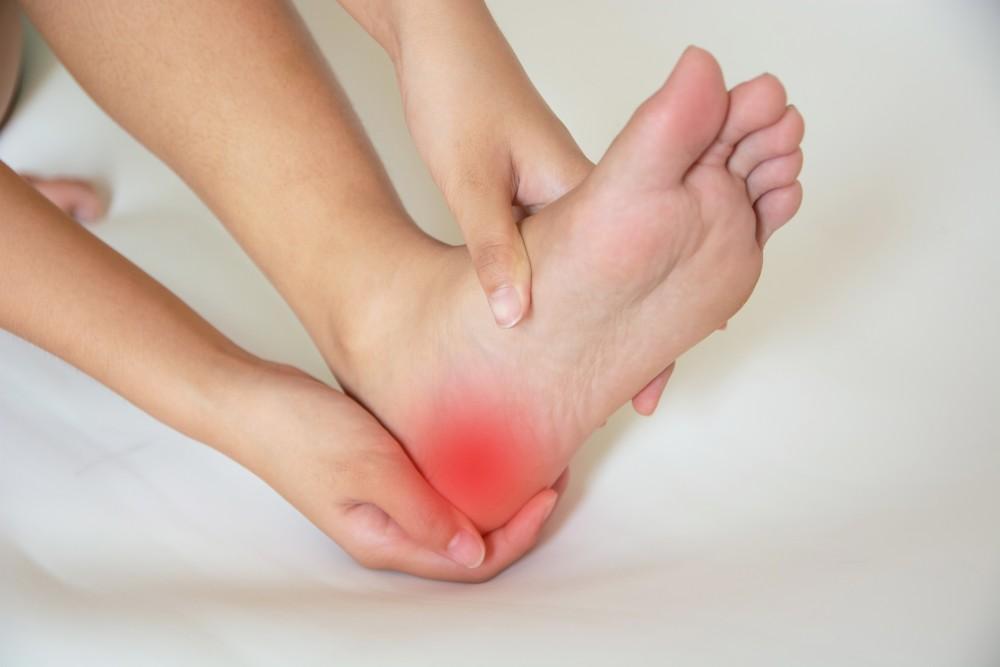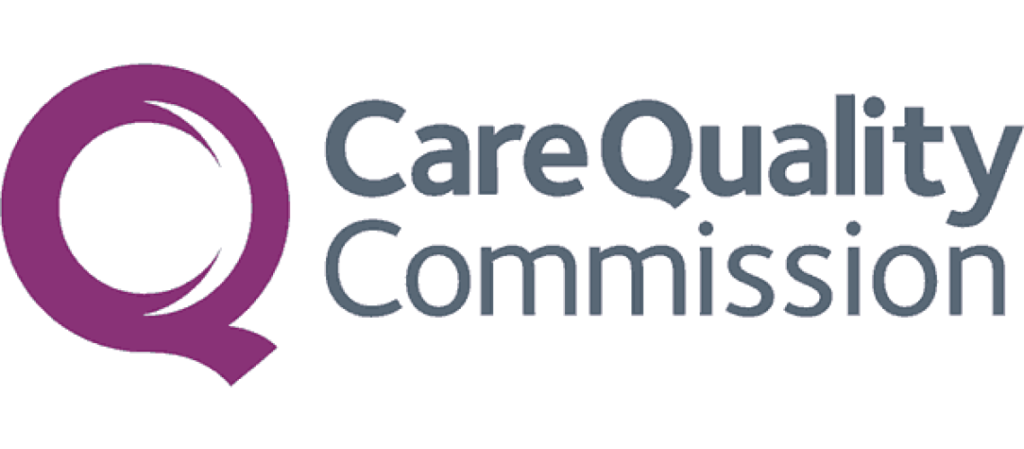Heel Spur Treatment
Heel spurs are frequently associated with plantar fasciitis, a condition causing pain in the bottom of the foot, but can also occur independently.
At a glance
About
Reducing pain, inflammation, helping to restore mobility and reduce discomfort
Effective
Referrals
Not Needed
Booking
Instant-book option available
Cost
-
Lincolnshire £ 9,000
Nature of heel spur treatment
The nature of heel spur treatment revolves around reducing pain, alleviating inflammation, and addressing the mechanical stress contributing to the formation of the heel spur.
Most treatments are conservative and non-invasive, aiming to relieve symptoms and prevent the need for more extensive interventions. Heel spur treatments may include physical therapy, custom orthotics, corticosteroid injections, or shockwave therapy to promote healing and improve function.
Common Causes of Heel Spurs
Heel spurs often form due to the following causes:
Repetitive stress: Repeated pressure on the foot, particularly from activities like running or standing for long periods, can lead to the formation of a heel spur.
Plantar fasciitis: Chronic inflammation of the plantar fascia (the tissue that runs along the bottom of the foot) can lead to the development of a heel spur, often resulting in severe pain in the heel.
Overuse or injury: Excessive physical activity, particularly involving high-impact sports, can contribute to the development of heel spurs.
Poor footwear: Shoes that do not provide adequate support or cushioning can place excess strain on the foot, leading to heel spur formation.
Obesity: Excess weight increases pressure on the feet, contributing to the formation of heel spurs and exacerbating heel pain.
Diagnosing suitability for heel spur treatment
Diagnosing the suitability for heel spur treatment begins with a detailed consultation to understand your symptoms and medical history. During the consultation, your healthcare provider will inquire about the duration and intensity of your heel pain, as well as any activities or movements that exacerbate the discomfort. A physical examination will assess the mobility of your foot and examine the location of the pain.
In many cases, imaging tests like X-rays or ultrasound are used to confirm the presence of a heel spur and evaluate its size and impact on surrounding tissues.
Suitable for
Heel pain

Plantar fasciitis

Chronic foot discomfort

Individuals with foot overuse

Treatment overview
Heel spur treatment focuses on addressing the root cause of the pain and inflammation. Non-surgical methods are typically used to relieve symptoms and promote healing, including:
- Physical Therapy: Stretching and strengthening exercises for the foot and calf can help alleviate pain and improve foot function.
- Custom Orthotics: Specially designed shoe inserts provide better arch support and reduce strain on the heel.
- Corticosteroid Injections: In some cases, an injection of corticosteroids may be used to reduce inflammation and provide pain relief.
- Shockwave Therapy: High-energy sound waves are applied to the affected area to stimulate healing and reduce pain.
- Surgery: In rare cases, surgery may be required to remove the heel spur if conservative treatments are ineffective.

Benefits

Faster healing with targeted therapies

Non-surgical options available

Long-lasting relief from heel pain

Stimulates natural tissue repair

Customizable treatment plans to suit your needs
How to Pay
We offer a range of flexible payment options to make your treatment experience smooth and stress-free.
Paying for Yourself (Preferred Option)
Most patients choose to self-fund their treatment. We accept:
- Bank Transfers
- Credit/Debit Cards
- Cash (in person only)
Instalment Plans
We’ve partnered with GoCardless to offer interest-free instalment options. You can easily set up a Direct Debit to spread the cost of your treatment over time.
Finance Options
Looking for a financing plan? You can apply through Kandoo, our trusted finance partner.
- Instant online decision
- No impact on your credit score
- Multiple lenders for competitive rates
Private Medical Insurance (Limited Availability)
We work with a small number of approved insurance providers. However, due to restrictions from many insurers, not all treatments are covered. Please check with your insurer and speak to our team before booking to avoid disappointment.
The booking process
Online booking/call
Use our Calendly to book an initial consultation, or give us a call.
01
Consult
If you are a new patient, our doctors might arrange a consultation before treatment.
02
Treatment
You will be booked in for treatment.
03
Follow up
Our doctors might arrange a follow-up consultation, to check your response to treatment.
04
Discharge
Once your doctor is happy with your recovery, you will be discharged. After discharge, we are always here for further questions or support, should you need it.
05
Frequently Asked Questions
How long does the pain last with a heel spur?
The pain from a heel spur can vary depending on the severity of the condition and the treatment used. With appropriate treatment, pain usually decreases significantly within a few weeks, though it can take a few months for full recovery.
Is surgery necessary for heel spurs?
Surgery is only considered if conservative treatments fail to provide relief after several months. Most patients experience significant improvement with non-surgical options.
Schedule A Discovery Call With Us
Don’t wait to find relief. Whether it’s a consultation, scan, or treatment, we’re ready to help.






